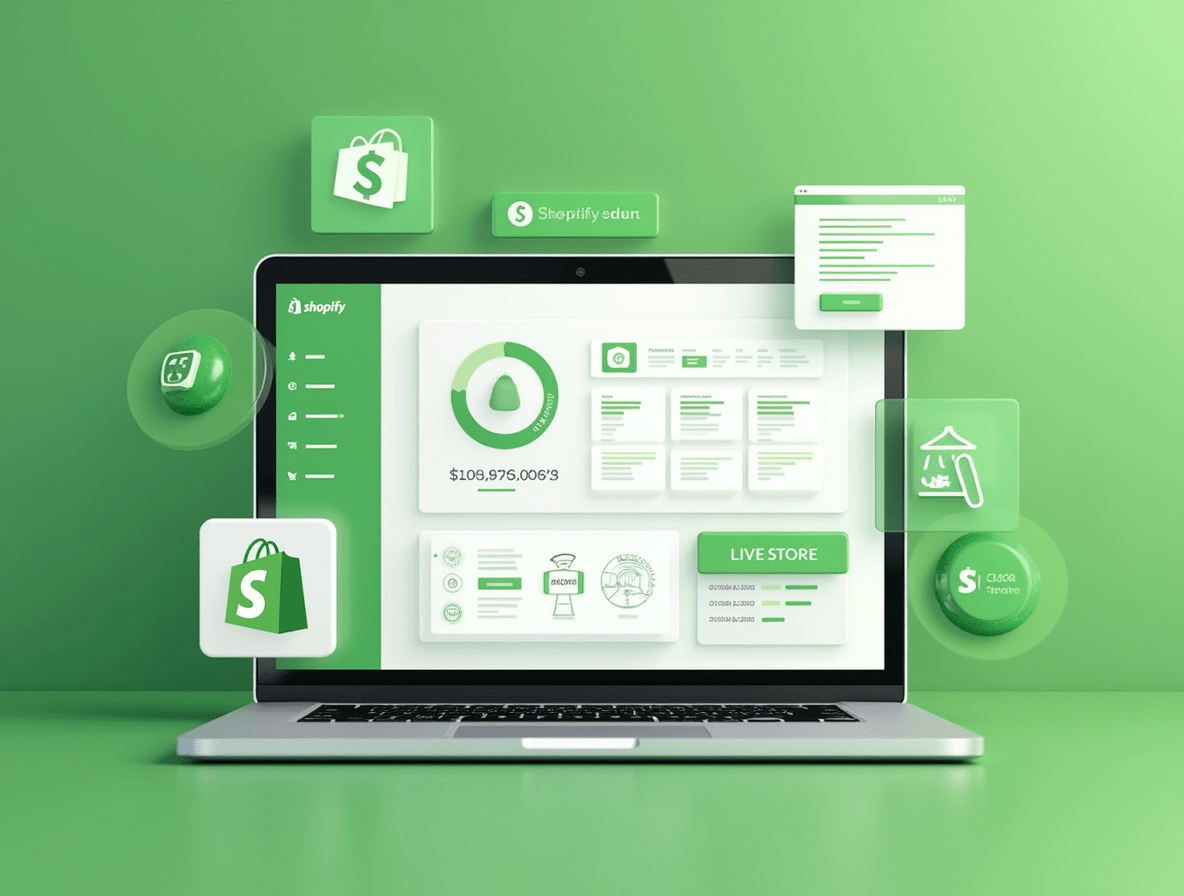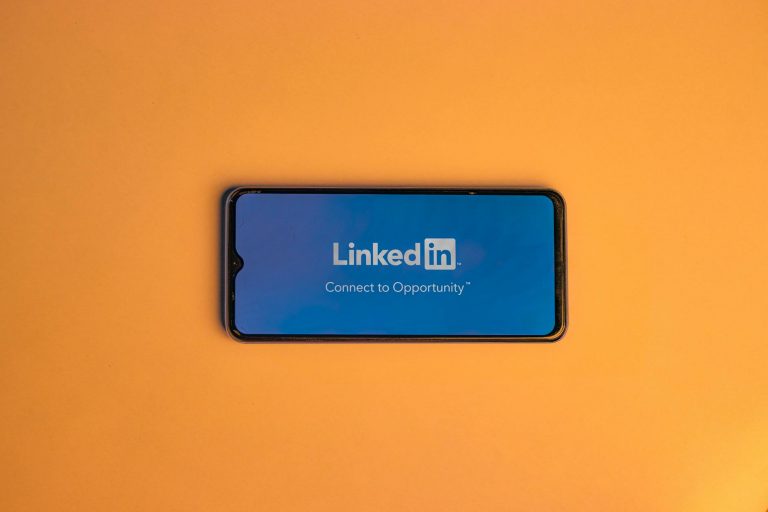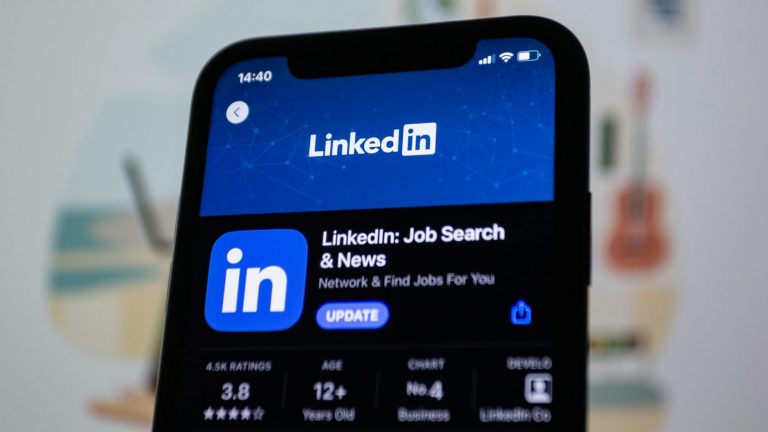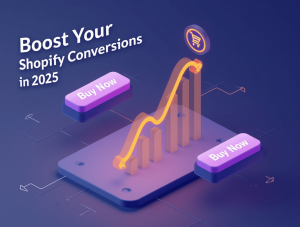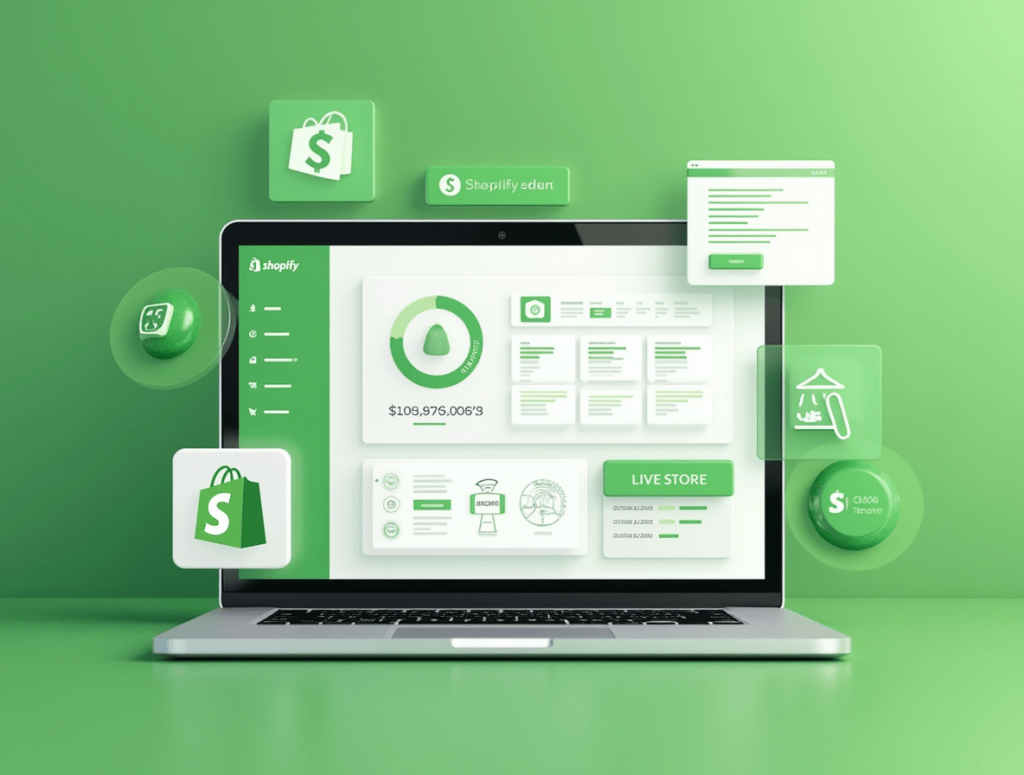
If you have ever fantasized about starting your own internet store, there is no better moment than now. Shopify keeps ruling the eCommerce sphere in 2025 as it gives budding businesspeople a straightforward but potent tool to convert ideas into money. But building a Shopify store that is truly successful takes more than just a few clicks.
From scratch with practical insights, proven techniques, and no fluff—this guide will help you build a successful Shopify store.
Step 1: Pick a Lucrative Niche (Don’t Skip This)
Before even registering on Shopify, you should choose a niche that interests you and is financially worthwhile.
Questions to direct your niche:
- Are folks looking for this item?
- Can you provide something better or one of a kind?
- Can repeat consumers find space?
- Are your rivals beatable?
Notable high-margin markets in 2025 include:
- Smart home gadgets
- Environmentally friendly goods
- Special clothing (e.g., dog mom outfits, gamer tees)
- Health and wellness products, including portable massagers and posture rectifiers
Unless you have a compelling hook, stay away from saturated, generic industries.
Step 2: Properly Set Up Your Shopify Store
Your store should be set up once you have decided on your specialty.
Rapid setup checklist:
- Select a domain name (easy to remember, short, brandable)
- Choose a theme: Dawn, Impulse, or a paid one from ThemeForest
- Include your brand colors and logo
- Create a captivating About page and Store Policies
- Arrange email and SMS marketing connections (Klaviyo, Omnisend)
- Explore the platform while developing using Shopify’s free trial
Step 3: Source and Identify Successful Goods
The store you have will rise or fall based on your product choice.
Approaches to supply:
- Print-on-demand works well for mugs, art, and clothing
- From DSers, Zendrop, or Spocket, use reliable dropshipping providers
- Custom and brand your goods using private suppliers or Alibaba
- Local sourcing: team up with small-scale producers or craftsmen for one-of-a-kind or handcrafted items
Pro tip: Before product listing, request samples. Especially for repeat sales, quality counts.
Step 4: Professionalize Product Page Optimizing
Most people throw up a picture and a couple of lines—don’t be that seller.
Important components of a product page that converts well:
- High-resolution photographs (clean backdrop and lifestyle)
- Clear, advantage-oriented descriptions
- Social evidence and reviews
- Badges of trust (secure checkout, money-back guarantee)
- Frequently asked questions section for the product
- Though optional, great use of product videos demonstrating actual application
Step 5: Establish Taxes, Shipping & Payments
Shopify makes this rather straightforward.
Remember to:
- Allow several payment options: PayPal, Stripe, Shopify Payments
- Free shipping or flat rates will help to lower cart abandonment by means of clarity
- If you have bespoke carriers, establish real-time shipping rates
- Set tax gathering according to your nation and industry
Get this step right to avoid compliance issues later.
Step 6: Start with a Bang (Not a Whimper)
You only launch once—make it count.
Launching advice:
- Create excitement via an early-bird email list and a countdown
- Give first customers a limited-time discount
- For organic reach, utilize TikTok, Instagram Reels, and YouTube Shorts
- Request friends and family to place little test purchases (and review comments)
- Think about starting a tiny influencer campaign using micro-influencers in your specialty
Step 7: Drive Traffic That Converts
If no one stops by, even the ideal store will not sell.
Leading internet sources in 2025:
- Short-form video on TikTok & IG Reels generates significant traffic
- Pinterest SEO works particularly well for home, wellness, and fashion
- Smart Shopping or Performance Max campaigns should be used on Google Ads
- Start a blog focused on your area (excellent for SEO)
- Email marketing: create your welcome series and popup list
Start with one or two channels. Learn those before scaling.
Step 8: Use Data to Improve Profitability
Profitability hinges on better margins, not only on increased sales.
What to monitor:
- Desired conversion rate: 2–3% or above
- Average Order Value (upsells and bundles boost it)
- Ad-based Customer Acquisition Cost
- Customer Lifetime Value
Refine your funnel using Shopify Analytics, Google Analytics, and Hotjar or Microsoft Clarity.
Step 9: Create Repeat Revenue Using Email and Loyalty
Getting new clients costs money. Keeping them is where the benefits lie.
Keeping consumers coming back:
- Post-buy emails with advice for care, upsells, and feedback requests
- Offer loyalty points or referral bonuses
- Run time-limited promotions to reactivate sleeping customers
- Develop an Instagram, Discord, or email community
The true basis of a successful store is loyal customers.
Step 10: Smart, Not Rapid Scaling
It’s time to invest in development once you are profitable at a small scale.
Intelligent approaches to scaling:
- Start related goods
- Test global markets
- Outsource 3PL services for fulfillment
- Use Shopify apps (Reconvert, Loox, Judge.me) to automate workflows
Simply avoid attempting everything at once. Expand what is now effective.
Finally: Profit Results from Planning + Persistence
Creating a Shopify store is not magic. It’s not a scheme for quick wealth. With a good plan, regular work, and an emphasis on delivering value, though, you may definitely create a store that not just survives but flourishes.
Begin with a niche you find interesting. Create a trusted brand. Improve every phase of the journey. Most crucial of all, though, is not to give up too soon.
Frequently Asked Questions: Shopify Store Success in 2025
1. Starting a Shopify store requires how much money?
Your starting amount will range between $100 and $300 depending on your theme, product sourcing approach, and initial ad expenditure. Starting with the least cost option is print-on-demand.
2. Is it possible to develop a successful store without advertising?
Many retailers grow organically without paid ads—that is, though ads might accelerate results—using techniques like TikTok, SEO, Pinterest, and influencer marketing.
3. Stores fail most often for what?
Bad branding and deficient product-market fit. People do not shop at generic stores or purchase items they have seen a hundred times before.
4. How long does it take to become profitable?
Your niche, the quality of your products, and your traffic approach will all affect the timing. While some vendors find profits in one to two months, others require three to six months or more.
5. Should 2025 see me using dropshipping?
Yes—if done right. Select quick, dependable vendors and create a real brand rather than simply slapping up AliExpress goods.





